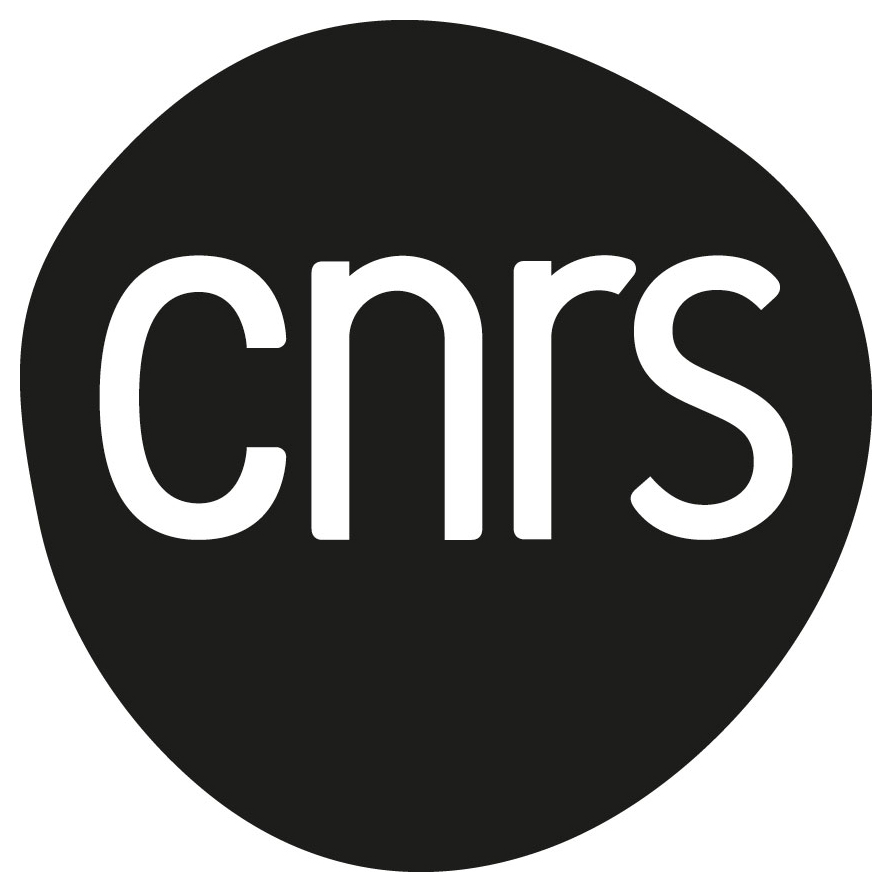Marco PAOLI

Informations

PERSING – Sensory Perception, Neuron/Glie Interactions
Position
CNRS Tenure-Track Junior Professor Chair
Education
2010: PhD in Bioscience - Cell Biology, University of Padova, Italy
Activities
Research Themes
How does the brain perceive sensory inputs and integrate them with internal states to drive appropriate behavioral responses?
I investigate this fundamental question through the invertebrate olfactory system, focusing on the domestic honey bee, Apis mellifera. Honey bees are a renowned model for studying olfactory learning, memory formation, and sensory coding. With their relatively simple yet highly efficient brains, they provide a tractable system for investigating the neural representation of olfactory stimuli and how these representations dynamically changes during time and upon appetitive or aversive learning.
My research combines diverse approaches, including behavioral analysis, movement tracking, in vivo functional calcium imaging, neuroanatomy, pharmacology, and neural network modeling. Together, these tools allow me to explore the neuronal mechanisms underlying olfactory perception and learning, shedding light on how sensory information is encoded by the brain and guides behavior.
Key Words
Insect neuroscience, honey bee, calcium imaging, olfaction, sensory coding
Representative publications
Paoli M, Wystrach A, Ronsin B, Giurfa M (2024). Analysis of fast calcium dynamics of honey bee olfactory coding. eLife, 13:RP93789. https://doi.org/10.7554/eLife.93789.3
Paoli M, Antonacci Y, Albi A, Faes L, Haase A (2023). Granger Causality analysis of transient calcium dynamics in the honey bee antennal lobe network. Insects, 14(6), 539. https://doi.org/10.3390/insects14060539
Paoli M, Macri C, Giurfa M (2023). A cognitive account of trace conditioning in insects. Current Opinion in Insect Science, 101034. https://doi.org/10.1016/j.cois.2023.101034
Bestea L, Paoli M, Arrufat P, Ronsin B, Carcaud J, Sandoz J-C, Velarde R, Giurfa M, de Brito Sanchez MG (2022). The short neuropeptide F regulates appetitive but not aversive responsiveness in a social insect. iScience, 25(1): 103619. https://doi.org/10.1016/j.isci.2021.103619
Paoli M, Galizia GC (2021). Olfactory coding in honeybee. Cell Tissue Research, 383(1):35-58. DOI: 10.1007/s00441-020-03385-5
Paoli M, Hiroshi N, Couzin-Fuchs E, Galizia GC (2020). Coding of odour and space in the hemimetabolous insect Periplaneta americana. J of Exp Biol, 2020:jeb,210832. https://doi.org/10.1242/jeb.218032
Paoli M, Albi A, Zanon M, Zanini D, Antolini R, Haase A (2018). Neuronal response latencies encode first odor identity information across subjects. J. Neurosci, 38 (43), 9240-9251. DOI: 10.1523/JNEUROSCI.0453-18.2018
Nishino H, Iwasaki M, Paoli M, Kamimura I, Yoritsune A, Mizunami M (2018). Spatial receptive fields for odor localization. Current Biology, 28, 600–608. DOI: 10.1016/j.cub.2017.12.055
Paoli M, Münch D, Haase A, Skoulakis E, Turin L, Galizia GC (2017). Minute impurities contribute significantly to olfactory receptor ligand studies: tales from testing the vibration theory. eNeuro, 0070-17.2017. DOI: 10.1523/ENEURO.0070-17.2017

